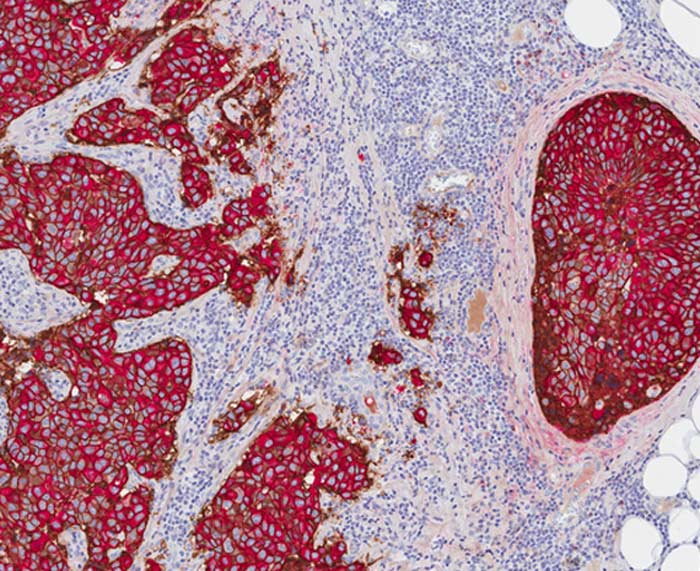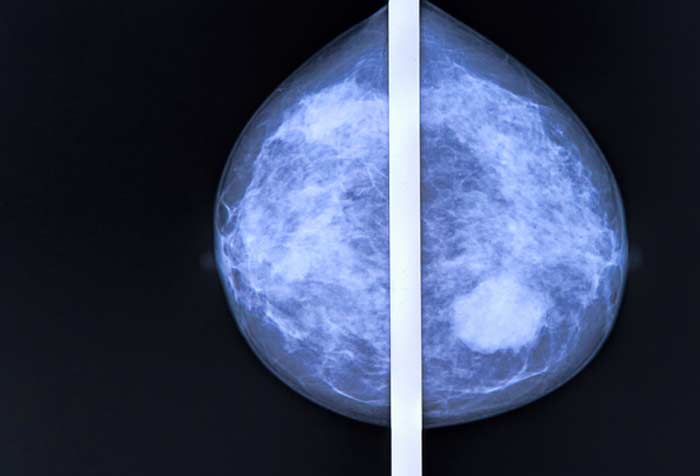
Most women understand that after a mastectomy there will be some discomfort while they heal from the surgery, but many are surprised to learn that even two to three years after the surgery an estimated thirty five to sixty percent of women are still experiencing pain at or near the surgical site.
What are the Symptoms?
Sometimes referred to as chronic post-mastectomy pain, this persistent pain can also occur after any type of breast cancer surgery, including lumpectomies and breast reconstruction. The risk of developing persistent post-surgical pain is increased if axillary lymph node dissection is performed along with a full mastectomy and the patient is also given chemotherapy and/or radiation treatment. Its presentation varies among women, but the more common presentation is a burning sensation or a deep ache in the breast, armpit, or sometimes the arm on the side near the surgical site. This pain persists long after the surgical site appears to have healed completely. Most women only experience mild pain, but some suffer from severe, debilitating pain. The pain can lead to other complications, such as frozen shoulder syndrome, because the victim tries to avoid using the affected arm.
What Causes the Pain?
During a mastectomy, nerves are severed. There is no known way to perform a mastectomy without severing nerves. In most cases, the nerves simply heal but in other cases the remaining stump of the severed nerve begins to malfunction in some way, which can lead to pain, hypersensitivity to stimuli, and perceiving normal stimuli, like clothing against the skin, as painful. Neuromas, which are essentially benign growths of damaged nerves, can form and cause odd sensations such as pinching, burning, and just pain. In other cases, the muscles that were cut during the procedure can go into painful spasms in response to minor stimuli, or the overlying skin can not heal quite right and become inflamed and painful.


Treatment
Treatment clearly depends on the cause. Muscle spasms can be treated with injections of Botox, the same compound that is used to treat wrinkles and lines on the face. Botox injections need to be given repeatedly, usually every three to six months, in order to stop muscle spasms, but in many cases the spasms eventually go away and the treatment can be discontinued. Skin inflammation can often be treated with NSAIDs such as ibuprofen, and will usually resolve on its own as the skin continues to heal. Nerve pain may be more difficult to treat. Sometimes it responds to medication like gabapentin or anti-depressants. In some cases, surgery to remove a neuroma or ablate a damaged nerve can provide relief.
Other patients find relief from acupuncture, transcutaneous nerve stimulation, biofeedback, and other complementary methods. In most cases, the persistent pain will resolve as the body continues to heal. In severe cases, where the pain is persistent and debilitating in intensity, an opioid may be necessary. It is important to talk to your doctor if you are experiencing pain or discomfort after breast surgery for cancer so you can receive appropriate treatment and relief.
